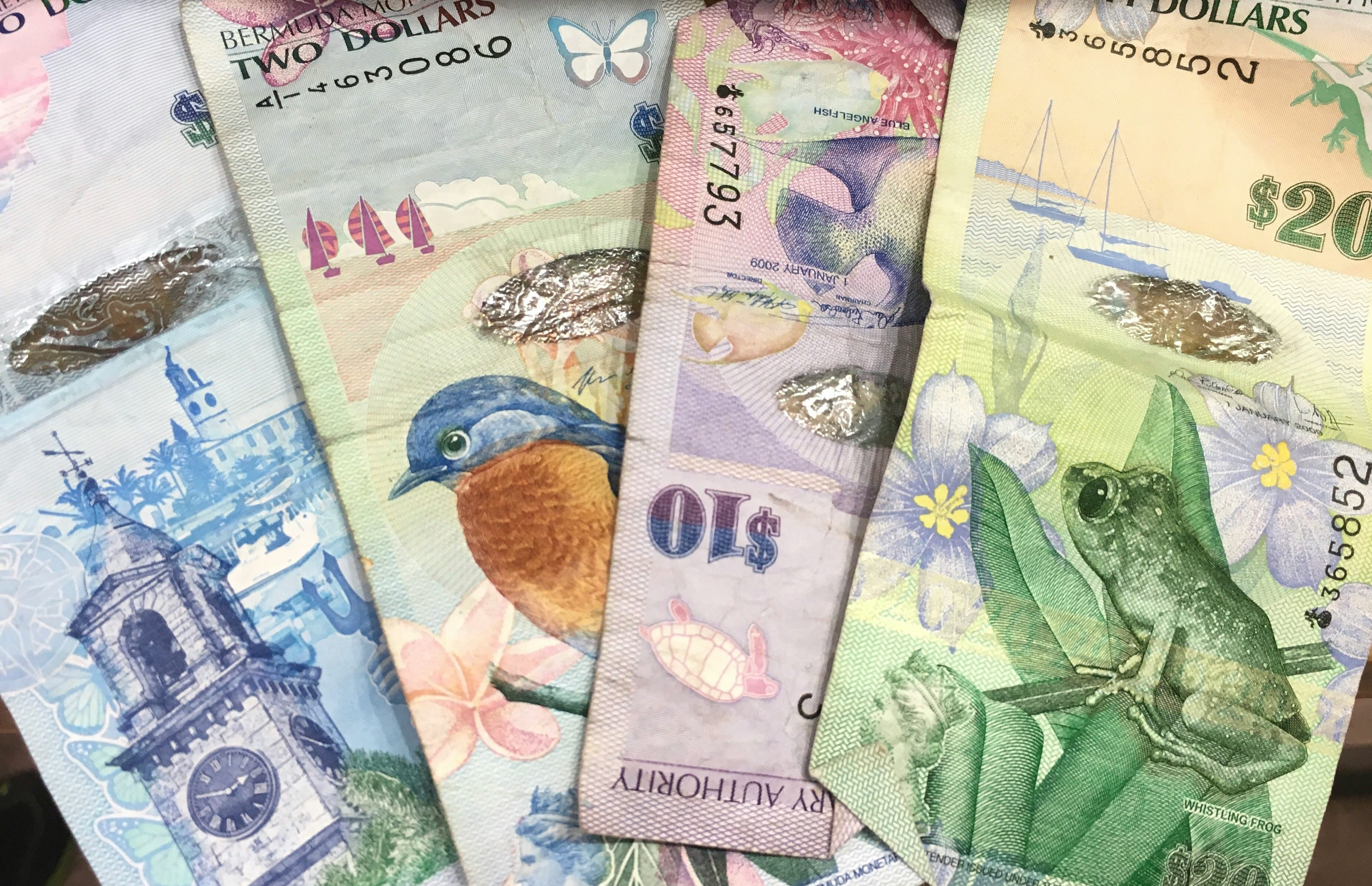ESG Compliance
Sustainability-linked bond issuance drops a quarter in Q1 2025, following new standards
• 0 minute read
May 21, 2025

Global sustainability-linked bond issuance was down by 25% in the first quarter of 2025, following the European Securities and Markets Authority (ESMA)’s introduction of green bond labelling and compliance standards in the EU, which began their transitional phase on December 21, 2024.
According to a report by sustainable investment advisory group MainStreet Partners, the issuance of green, social and sustainability (GSS) bonds worldwide fell from $389 billion to $293 billion year-on-year. In the European market, $109 billion in GSS bonds were issued since January, comprising $70 billion in green bonds, $24 billion in social bonds and the remaining $15 billion in sustainability bonds.
“We expected the naming regulations to be extremely impactful for the industry. This is now proven,” said Laurence Caron-Habib, BNP Paribas head of public affairs, during an International Capital Market Association (ICMA) webinar on May 15.
However, according to the report, the volume of non-compliant bonds has also fallen in 2025, from 11% to 9%. The majority (85%) of these non-compliant cases involve exceeding the EU Taxonomy benchmark for low-carbon electricity generation, set at 100g CO₂e/kWh; followed by the use of gaseous fuels (8%); and breaches of United Nations Global Compact (UNGC) principles (1%).
While the drop partly reflects the exclusion of ingenuine green bonds — those with unclear environmental benefits — the industry is also investing “time and effort” to comply with new green finance regulations, according to Caron-Habib.
New EuGB regime
In 2023, ESMA published a common framework setting out strict environmental criteria and specifying requirements for issuers using the European green bond (EuGB) label. It covers the use of proceeds, pre- and post-issuance disclosures and compliance reporting.
The regime also uses the EU Taxonomy as the benchmark for sustainability-linked bond labelling. For example, a fixed-income instrument must allocate at least 85% of the net bond proceeds to activities classified under the EU Taxonomy. While the EuGB standard is voluntary, only bond issuers who choose to comply may use the official European green bond label.
The regulatory regime is currently in a transitional phase that ends on June 21, 2026. During this period, green bond issuers may use external reviewers who are not yet fully authorised under the EuGB regime to assess their compliance with the new standards.
The EU watchdog is also consulting on regulations for external reviewers of EuGBs. The consultation will close on May 30, 2025, with the final report to be published on December 21, 2025.
“What we can expect the European market to evolve over the next few years depends on many factors: investor demand, appetite for sustainability or ESG strategies, as well as geopolitics and the macroeconomic environment,” said Hortense Bioy, head of sustainable investing research at Morningstar, during the ICMA webinar.
Moving to the UK?
In April, China debuted its first-ever sovereign green bond on the London Stock Exchange, denominated in Chinese yuan and valued at $824 million. It is also China’s first sovereign bond issued overseas.
Speaking at Caixin Media’s event, UK Financial Conduct Authority (FCA) chair Ashley Alder, said: “The UK is a global leader in green finance innovation, with around half of the world’s traded green bonds listed here.
“China’s decision to list its first foreign-issued sovereign green bond in London a few weeks ago was an important next step, and we are encouraging UK firms to seize opportunities in China’s growing green finance market too.”
The UK government established its own green financing framework in 2021, which covers the issuance of sovereign green bonds, known as “green gilts”. The framework addresses eligibility for green expenditures, use of proceeds, compliance reporting and external review. However, unlike the EuGB, it does not specify the labelling requirements for green gilts.